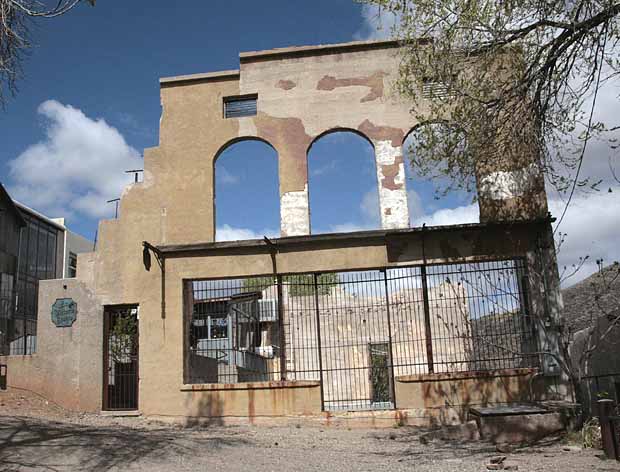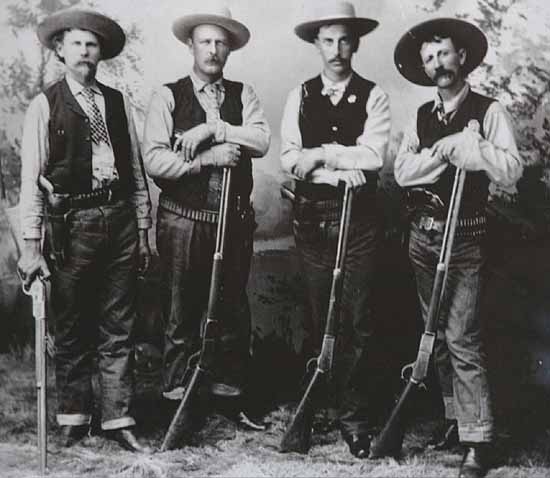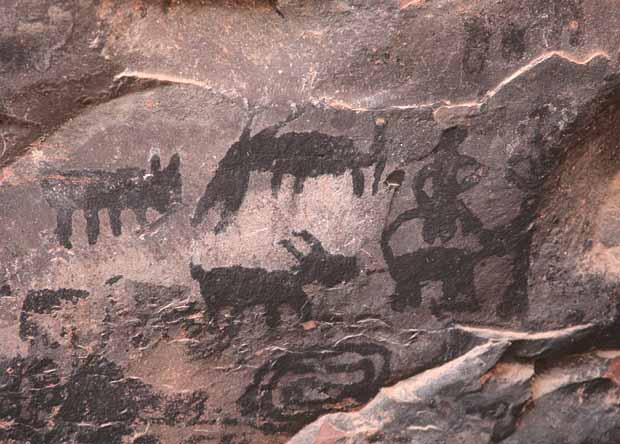Scenic Drives based in Sedona, Arizona

In addition to the attractions of town, Sedona is central to a wide variety of exceptionally interesting things to see and do in the surrounding area. If one were to draw a two hour driving time circle around Sedona it would include a myriad of interesting tourist destinations including the following:
Flagstaff
Grand Canyon
Meteor Crater
Walnut Canyon National Monument
Sunset Crater National Monument
San Francisco Peaks
Wupatki National Monument
Tuzigoot National Monument
Jerome State Historic Park
Out of Africa Wildlife Park
Camp Verde State Park
Prescott
Phoenix
Desert Botanical Garden
Oak Creek Canyon through the Mogollan Rim
Montezuma Well National Monument
Montezuma Castle National Monument
Honanki Ruins Heritage Site
Pataki Ruins Heritage Site
Red Rock State Park
Slide Rock State Park
You can not begin to do this list justice with a couple of one day trips so you will have to pick and choose or decide to stay in Sedona for a month or more. In the process of winnowing the list, one of the first questions that you will ask is why use Sedona as a base for a trip to the Grand Canyon? It is a good question and I would not do it because I love the Canyon and usually make it a unique destination for a trip, but there are a lot of folks who just want to drive the rim and enjoy the views in a one day trip. That is easily accomplished from Sedona either in your own vehicle or in one of the local tour buses that make the trip every day. At least one leg of this trip should include Oak Creek Canyon as it cuts through the dramatic Mogollan Rim country.
If you've already seen the Grand Canyon, you might make a day's trip north out of Sedona to see the very important Indian ruins at Walnut Canyon, and Wupatki National Monuments. Walnut Canyon has cave dwellings set into a mesa and Wupatki is a series of pueblos. Both were occupied by the Sinagua people. Sinagua is Spanish for "without water" and refers to the arid conditions in which these people lived and prospered many hundreds of years ago. Here again, one leg of the trip should include Highway 89A through Oak Creek Canyon. Oak Creek Canyon carves right through the southern edge of the Mogollan Rim and drops about a half a mile from nearly 7,000 feet at Flagstaff to 4,500 feet at Sedona. Driving through the narrow canyon is picturesque and gives one an excellent understanding of the landform that divides Arizona into high desert and low desert. In the canyon there are numerous hiking opportunities that offer considerable contrast with the hikes into the monoliths around Sedona itself. In summer you might even consider stopping for a delightful cooling slide in Oak Creek at Slide Rock State Park.
Another important question that faces the visitor is why should one include Phoenix in a trip to Sedona? Here again my answer is don't do it. Phoenix is a huge metropolis with all of the excitement of a major American City. There is no way that one can do it justice in a brief day trip, but it might be interesting to squeeze in a visit to the Heard Museum which is one of the world's most important repositories of information and relics of the region's native peoples. If you devote the entire day to the trip you can also get in a few hours at the Desert Botanical Garden - most advisable, particularly if it is in spring when the desert flowers are in bloom. Breakfast that day should be at the Rock Springs Cafe which is conveniently located right on Interstate Highway 17 a few miles south of Sedona. It is pretty much like eating breakfast in a small museum surrounded by historical memorabilia.
 A more realistic day trip to the south would include Montezuma Castle and Montezuma Well National Monuments. These two spots were important centers for the Sinagua Indians that occupied this region up until the twelfth century when they suddenly picked up and left. The so called castle is in reality an important cliff dwelling and the well is a reservoir connected to an impressive irrigation system that supported agriculture for a relatively large population in a very arid region. Many tour guides and guidebooks try to make the departure of these people a mystery without answer, but increasingly scholars are piecing together evidence pointing to an extended period without rain as being the stimulus for their departure. Another mystery for some is where they went, but modern Pueblo peoples claim them as their ancestors. A day exploring this culture that built their homes in America many hundreds of years before the pilgrims arrived at Plymouth Rock serves to put the history of America into clearer perspective.
A more realistic day trip to the south would include Montezuma Castle and Montezuma Well National Monuments. These two spots were important centers for the Sinagua Indians that occupied this region up until the twelfth century when they suddenly picked up and left. The so called castle is in reality an important cliff dwelling and the well is a reservoir connected to an impressive irrigation system that supported agriculture for a relatively large population in a very arid region. Many tour guides and guidebooks try to make the departure of these people a mystery without answer, but increasingly scholars are piecing together evidence pointing to an extended period without rain as being the stimulus for their departure. Another mystery for some is where they went, but modern Pueblo peoples claim them as their ancestors. A day exploring this culture that built their homes in America many hundreds of years before the pilgrims arrived at Plymouth Rock serves to put the history of America into clearer perspective.
Another day trip out of Sedona, this time to the west, might include Tuzigoot National Monument, and Jerome State Historic Park. Tuzigoot is an impressive pueblo containing over a hundred rooms. It was built by the Sinagua people and dates back to 1000 AD. These people left the area about 1400 AD and are believed to have been ancestors to the modern pueblo peoples living in the same general area. It is another excellent place to learn more about the people who lived on this continent before the arrival of the Anglo-Europeans. Jerome is a fascinating ghost town which in it's hey day (1860s) was an exceptionally important mining town. Copper, gold and silver taken out of the United Verde Mine is said to have been worth a billion dollars or more. Today, it is quite literally the ghost of itself with an enormous amount of other worldly atmosphere in the deserted streets and empty buildings. An excellent museum explains the history of Jerome very well. It was a rowdy and bawdy place and life was rough and tumble in and out of the mine. In my book, Jerome ranks as one of the most interesting ghost towns in Western America. There are some small cafes in Jerome suitable for a mid day meal. If you have the time and inclination, nearby Prescott, Arizona's first capital city, has more substantial eateries. You might start by looking along Whisky Row across from the old capital building.
Closer in to Sedona are two Native American sites that are well worth a visit - Honanki and Pataki Ruins Heritage Sites. Distances from town are not great, but the roads in to the ruins are not paved. In dry weather they are usually easily traversed in the family automobile, but after a rain they can be problematical. If you are concerned, you best ask someone about them before you head out, and if you are still concerned go ahead and join a jeep tour. Asking before going is also good because access is limited and only a certain number of people are permitted each day. One needs a reservation from the park service. Both sites were settled by the Sinagua people about 1150 to 1300 AD. These Indian sites are considered to be sacred places and some people believe that a visit can help awaken our own spirituality. I am not sure that I am a very spiritual being, but these places clearly stimulate my imagination and make me think about fundamentals. This is a great place to find rock art and sometimes there are docents that will attempt to explain the meaning of the drawings or at least point out interesting aspects of them that lead one to believe that they just might mean ...

